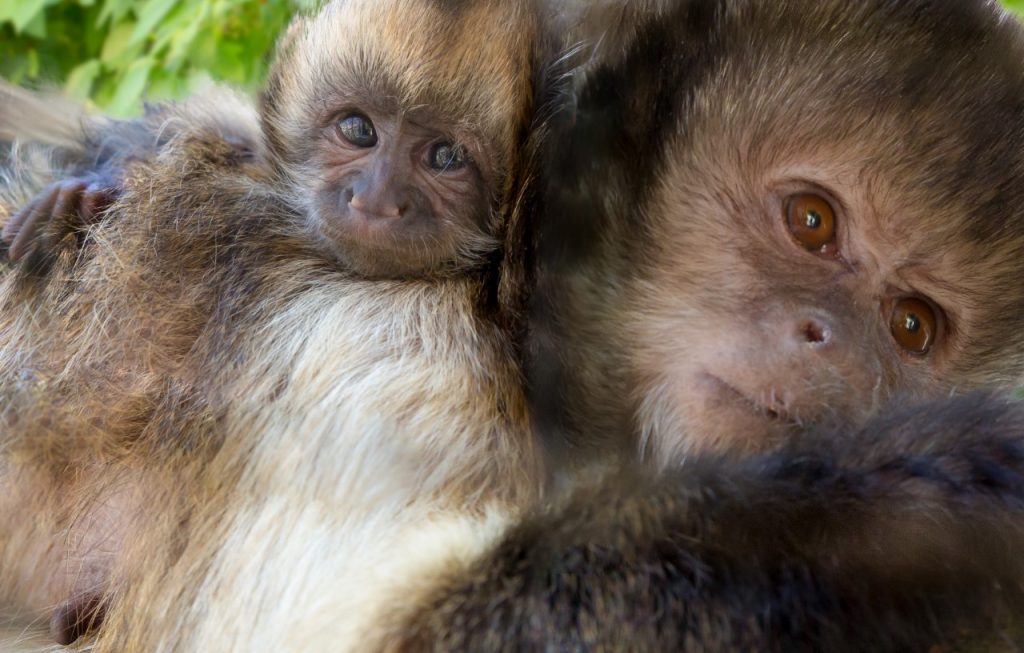Nutritional management of healthy senior wild felines: using the domestic cat as a model
Citation
Valdes EV. 2011. Nutritional management of healthy senior wild felines: using the domestic cat as a model. In Ward A, Coslik A, Maslanka M, Eds. Proceedings of the Ninth Conference on Zoo and Wildlife Nutrition, AZA Nutrition Advisory Group, Kansas City, MO.
Abstract
Nutritional adjustments that might promote health and slow progression or onset of disease (e.g. chronic renal disease, CRD) and improve quality of life in senior wild felines are being presently tested at Disney’s Animal Kingdom (DAK). The idea is based on studies done with domestic cats aimed at controlling the symptoms of CRD (Carey, 1998). We expect to continue long term trials with our feline population of 0.6 tigers (Panthera tigris), 2.2 lions (Panthera leo) and 0.3 cheetahs (Acinonyx jubatus). The tests will include: a) Reduction of dietary protein levels by adding chicken fat (3-4% of total mix) (in progress at DAK). We are trying to be very conservative on the reduction of total dietary protein to avoid essential amino acids deficiencies and protein malnutrition in healthy senior cats. The protein requirements for wild felines are high and needed for muscle mass, tissue repair and immune function. With a slight reduction on the protein level we expect a mild reduction on blood urea nitrogen (BUN) and other nitrogenous waste products. b) Adjustments of the omega-6: omega-3 fatty acid ratio (4:1; 5:1) by adding fish oils (e.g. salmon oil or menhaden oil) (in progress at DAK). The 5:1 ratio of ?-6/?-3 fatty acids has been tested in domestic cats with favorable results in reducing intra-renal inflammation (Brown, 1998). c) Addition of an adequate source of fermentable fiber (e.g. beet pulp, other) to maximize fecal nitrogen
 07_Valdez.pdf 105 KB
07_Valdez.pdf 105 KB








